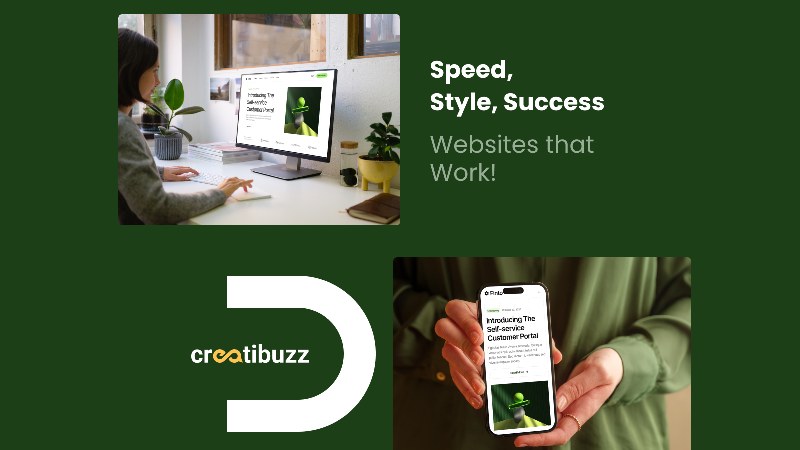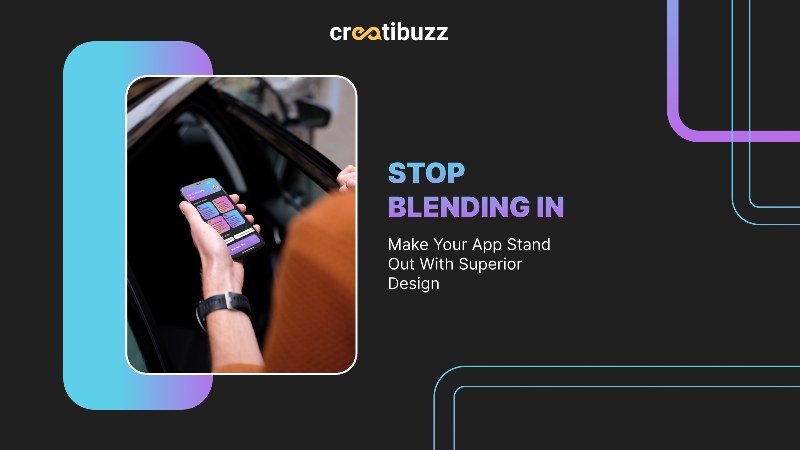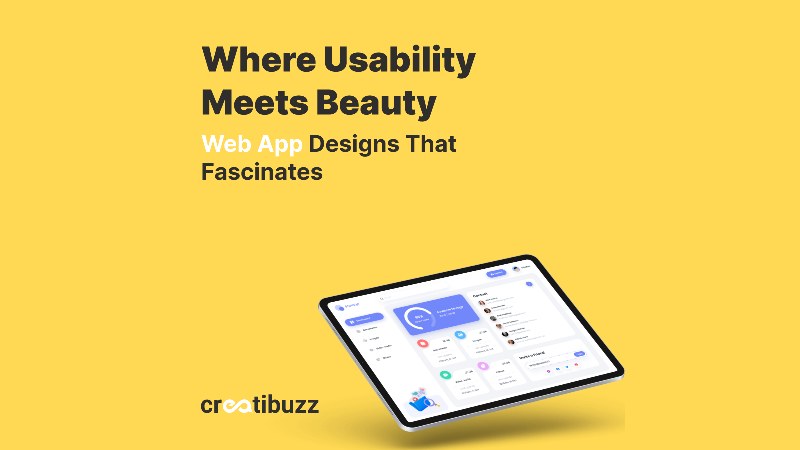Top 20 Tips On How To Use Figma To Design A Mobile App?

Have you had a new idea for a mobile app but don’t know how to make it happen? Don’t look any further! This guide covers everything you need to know about using Figma To Design A Mobile app.
We’ll give you 20 tips to remember that will make the journey more accessible. This guide will teach you everything you need to know about Figma to build mobile apps, from the basics, like frames and auto layout, to more advanced methods, like user testing and design handoff.
Now that your design cape is buckled up prepare to create an app that will impress everyone!
How To Use Figma To Design A Mobile App? – the Top 20 Tips to Keep in Mind
Now, you have an excellent idea for a mobile app—an original concept that will change the way people do or think something. But you need to turn that idea into an actual design before your app takes off and flies to the top of the App Store charts. Figma, your trusted design partner, is ready to help you make a beautiful and easy-to-use mobile game.
But how do you start using Figma to Design for UI ? Do not worry, eager app builder! This book gives you 20 expert tips on how to get the most out of Figma and make a great mobile app that people will enjoy.
Accept the Frame
Frames in Figma are the building blocks of your mobile game. They’re like digital boards already the right size for different phone types, like iPhone, Android, and more. You can use the helpful presets to make frames the right size for standard devices so your design will look great on real-life screens.

With Auto Layout, You Can Design Like a Pro
Auto Layout is your secret tool for making plans that change automatically to fit different screen sizes. You don’t have to change the sizes of parts by hand anymore; Auto Layout does it all for you, keeping the beautiful spacing and alignment as your design grows. It’s like having a small design helper whisper layout tips in your ear.
Make a Brand Identity That Sticks with Styles
Styles, such as colours, styles, and effects, give your app its unique look. With Figma’s Styles tool, you can convert these parts into reusable styles that ensure your whole design looks the same.
You’ll have so much more time! You don’t have to look for the “perfect blue” every time you need a button; just use the style that’s already been set up, and it’s done! It would help if you were consistent, and Styles are your secret tool for that.
Learn How To Be Good At Parts
How to use figma to design a mobile app is like designing templates but with more parts. Make a part that can be used repeatedly, such as a button, a menu bar, or any other element you use often. Then, whenever you need that part, all you have to do is drag and drop it.
It’s like quick design magic! Components not only save time but also ensure consistency in your app. A designer dreams that when you change one part of a component, all examples of that part also change.
Use the Power of Making Prototypes
Show how your app will feel, not just how it looks! With Figma’s prototyping tools, you can make live examples that show people how they will be able to use your app. When you click a button, the screen will change to match! This is very helpful for trying with users and finding any possible usage problems before you spend time writing code.
Take Advantage of the Power of Design Handoff
There can be a big difference between planning and growth. With its robust design handoff features, Figma fills that gap. Make paperwork for developers that includes specs, measurements, and code snippets.
This will serve as a guide for developers to bring your idea to life. Figma speaks the language of both designers and developers, so you can save time explaining design ideas.
Keep Track of Versions Like a Boss
Figma uses version control to its fullest, so you can keep track of changes, return to older versions, and work with your team without any problems. No more design disasters—did you delete a piece by accident? Just go back and fix it. Version control is your safety net; it ensures you never lose important design work.
Easy Ways to Work Together
People no longer send huge design files back and forth via email. Figma to design makes real-time joint planning easier. Several team members can work on the same design file simultaneously and see and comment on each other’s changes in real-time. It’s like having a virtual design workshop where everyone can collaborate and make changes.

Take Things Without Permission, But Like A Good Artist
Ideas can come from anywhere. Figma’s “Community” part is a goldmine of design tools, with many free and paid UI kits, icons, and illustrations. Don’t start from scratch; instead, find design elements that already exist that work with your app’s style and change them to fit your needs. Remember that good design often builds on what came before.
Use Plugins to Their Full Potential
The Figma plugin community changes the game. You can use a plugin to do almost anything, like making color themes, fake data, and sending files for development. Plugins make Figma more useful and speed up the creation process. Check out the library of plugins to find the tools that will make your planning process more manageable.
Make Things Accessible
Add features that ensure everyone can use your app, including people with disabilities, such as support for high contrast modes, clear and short writing, and the right use of colour. A well-thought-out design that is easy for everyone to use attracts more customers and enhances the brand’s reputation.
Microinteractions Are Important
Little things can make a big difference. Make small movements and interactions for menus, buttons, and loading screens. These small touches make the app feel more finished and exciting and give the user-visible feedback.
Accept the Empty Space
Keep your screens clear. White space, or space, gives things room to breathe and gives the design a feeling of balance and order. Too much information can confuse users, so ensure everything is clear and focus on the most critical actions and materials.
Use Pictures to Tell a Story
Visuals are a great way to tell a story. Use high-quality icons, drawings, and even short videos (if it makes sense) to show how your app works and what your brand stands for.
Consider Yourself a User
It’s essential to have empathy. Ask yourself constantly, “How will people use this screen?” Consider user flows, regular jobs, and areas that might be painful. If you design your app with the user in mind, it will be easy to understand and fun.
Try, Improve, and Try Again
Design is a repeated process. You won’t get it right the first time. Hold user testing meetings to get feedback and determine what needs fixing. You should be ready to change and improve your style based on what users say.
Keep Up With the Latest Design Trends
Trends come and go, but knowing what’s new in design can help you stay inspired and keep your app feeling new. Look into current design trends, but don’t just follow them. Prioritize usefulness and user experience over everything else.
Use Libraries to Get Organized
Maintain your order! With Figma’s Libraries feature, you can create a primary location for colors, fonts, icons, and other design elements that you use frequently. This makes your job easier and ensures that your whole plan is consistent.
Write Down Your Design Choices
Don’t hide the choices you make in design. You can use Figma’s feedback system to write down your design choices, why you made them, and any special notes for devs. Clear communication makes it easier for people to work together and lowers the chance of confusion.
Always Learn New Things
The world of style is constantly changing. Adopt a growth attitude and make a promise to keep learning. To keep your design skills up to date and improve them, check out online groups, tutorials, and design tools. You can make great mobile app experiences better if you learn more.
Now that you know these things, read about how to use Figma to Design. Figma has many tools that can help you turn these design trends into a mobile game that is both easy to use and looks great.
Figma gives you the tools to make your app idea come to life, from adding tiny animations to keeping track of all your design files in one place. Put on your seat belts and prepare to make a unique mobile game!

Final Words
You did great! You’ve finished this full guide on using Figma to design a mobile app. With these 20 expert tips and tricks, you’ll be ready to take on the exciting world of mobile app design with Figma by your side.
Remember that Figma isn’t just a design tool; it’s your design partner, full of features that will help you get things done faster and be more creative. Take these tips to heart, play with Figma’s features, and most of all, enjoy making your mobile app dreams come true! The whole world is waiting for your new, creative idea. Now go out and make it!